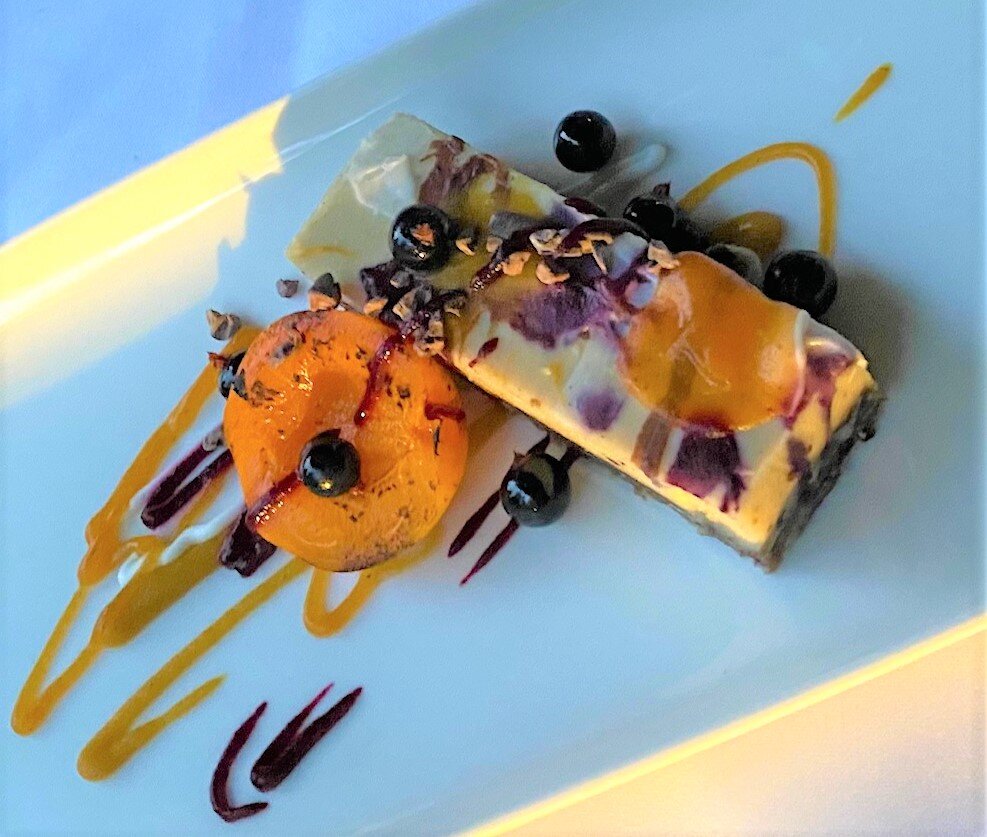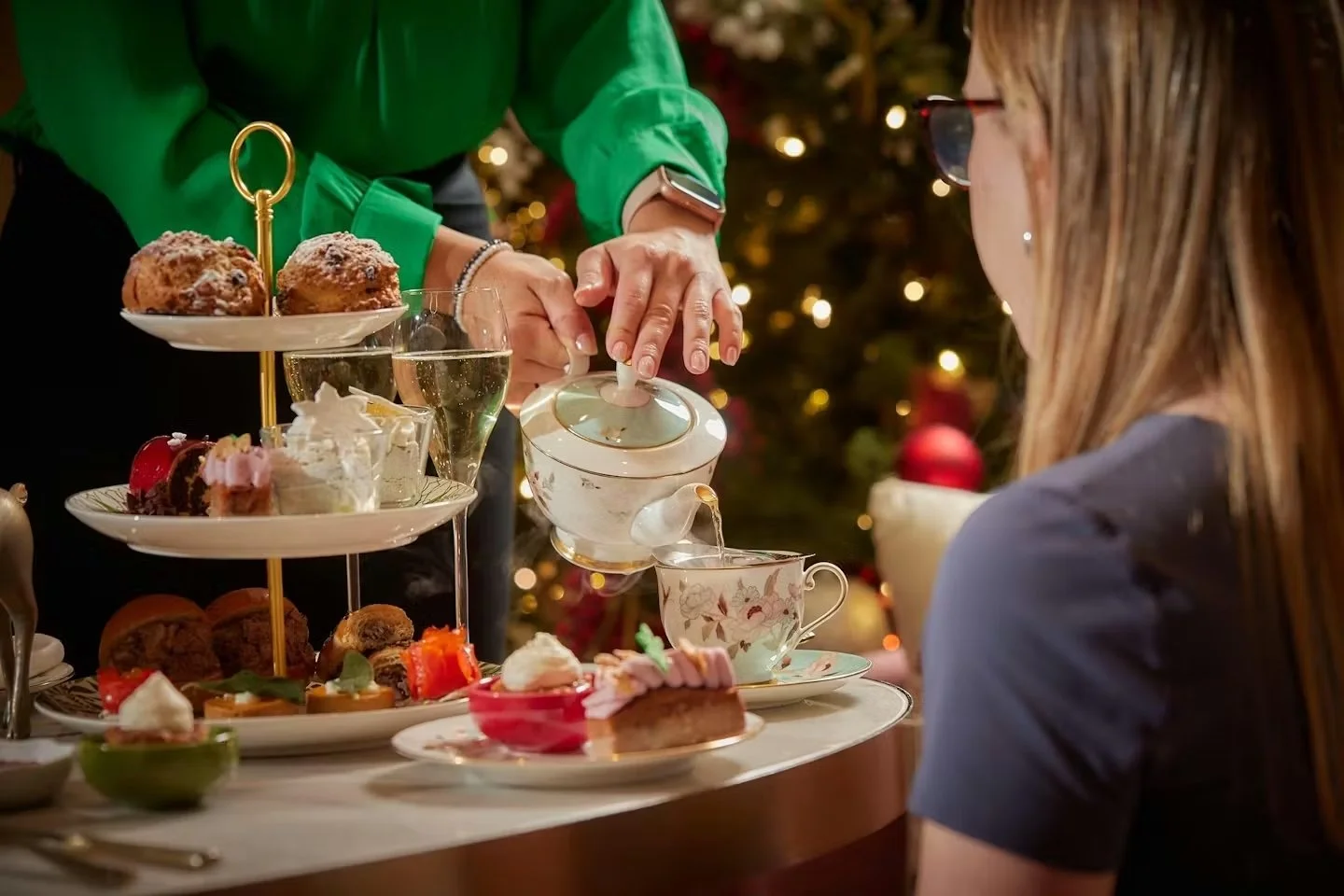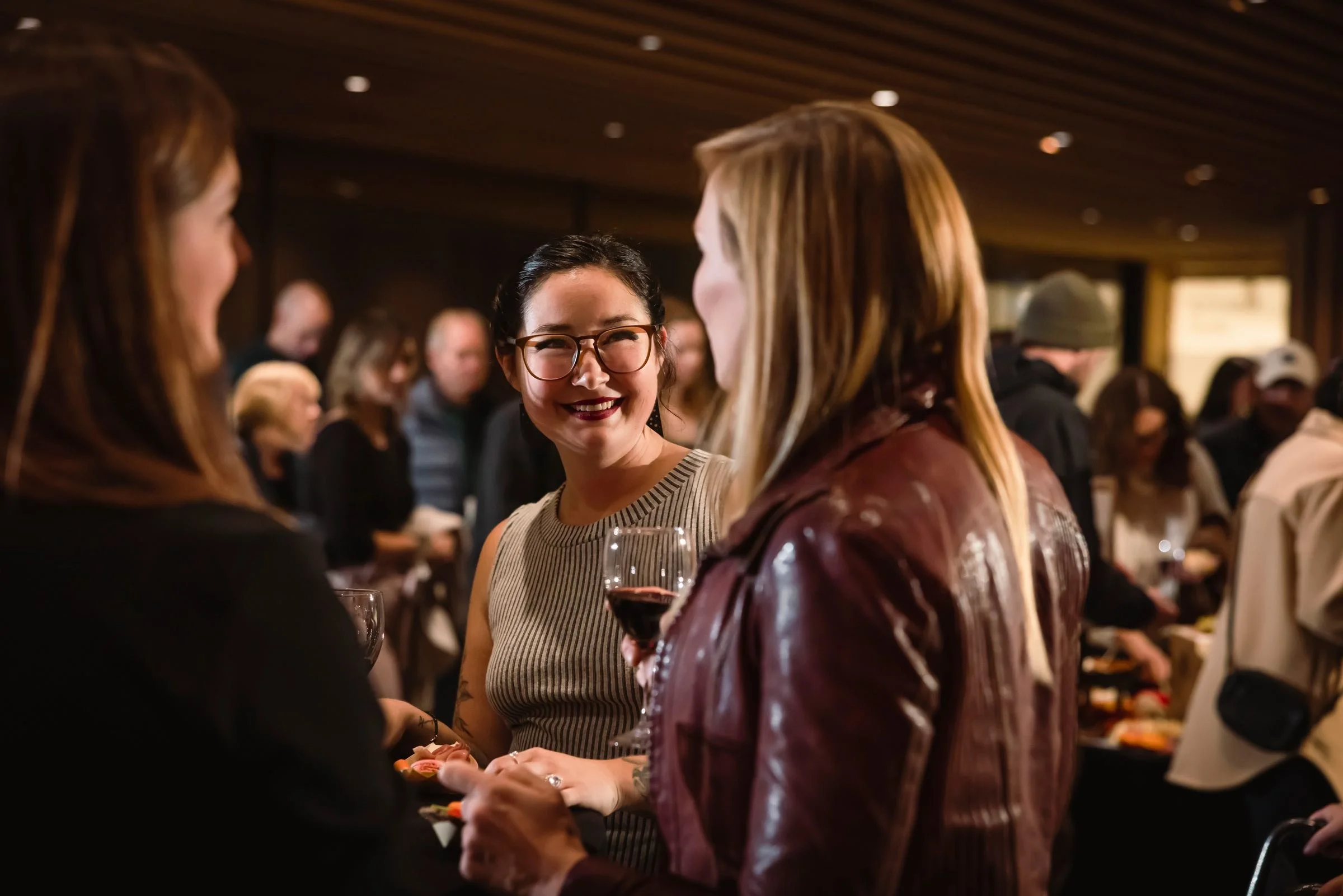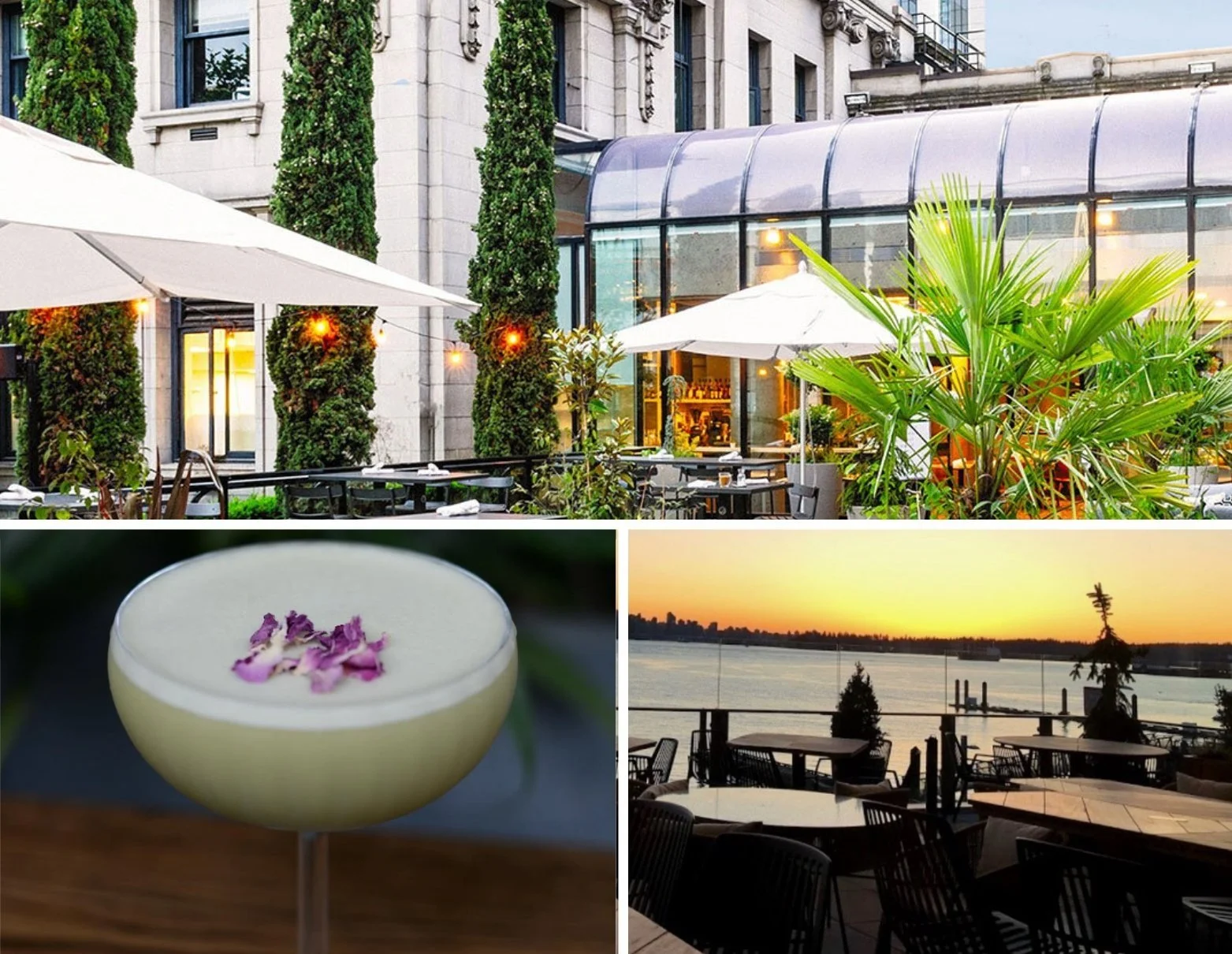Dining review: Whistler's Alta Bistro puts the art in culinary arts in collaboration with Audain Art Museum
The summertime Alta + Audain Fine Dining Art Experience feeds all the senses
The four-course menu for the Alta + Audain Fine Dining Art Experience is based on seasonal ingredients. Photos by Gail Johnson
Alta + Audain Fine Dining Art Experience takes place at Audain Art Museum in Whistler every Friday evening to September 3. Tickets for the tour and four-course dinner are $99 per person, excluding optional wine pairings ($49).
IT WOULD BE reasonable to assume that artworks that make up the Alta + Audain Fine Dining Art Experience are the ones that hang on the walls of Whistler’s Audain Art Museum. And you’d be partly right; the event, now in its second year, starts off with a short, small-group tour.
Whether you opt to look at the permanent collection of exemplary B.C. art (master carver and hereditary Haida Chief James Hart’s The Dance Screen [The Scream Too] alone is worth the drive up the Sea to Sky highway) or catch this summer’s touring exhibitions by Inuit artist Itee Pootoogook and photojournalist Louie Palu, the guided walk gives people a taste of what the museum is all about. (You get an admission pass to come back the next day to spend more time with the art.)
Then, it’s outside you go, down the 56,000-square-foot gallery’s back stairs, and along the striking modernist building designed by Patkau Architects to see dozens of tables covered in white tablecloths set up on the ground underneath the museum. (The structure is elevated a full storey because it sits on a floodplain.)
On one side of the elegant pop-up patio is a meadow with a Zen-like stone path; on the other is where Alta Bistro has set up its refurbished 1967 Airstream trailer, decked out with a contemporary kitchen. Consider it executive chef Nick Cassettari’s mobile kitchen—and also his art studio.
The dishes coming out of that rolling culinary workshop aren’t just eye-catching; each one, a tribute to a famous artist, is an artwork in itself.
Take the first of four courses on the current menu. (A new menu will be introduced August 13 for the remainder of the summer-long series and will be based on seasonal ingredients.) It’s called Pablo Picasso’s Lunch Platter Reimagined.
Pablo Picasso’s 1901 Nature morte (Le dessert), oil on canvas, inspired one of the courses on chef Nick Cassettari’s menu. WikiArt Visual Art Encyclopedia/Public Domain.
“Google ‘Picasso 1901 still life’”, our server suggested. Cassettari took inspiration from the Post-Impressionist work originally called Nature morte (Le dessert). Thinly sliced, translucent local halibut rests atop soft but chewy wild-rice croquettes; in a sardine can are thick slices of grilled octopus done in a heavenly-balanced-tangy-savoury-lively roasted-grape escabeche. To represent Picasso’s bunch of fresh flowers, Cassettari arranges Pemberton radish, beet, broccolini, pattypan squash, and peppery leaves in a small bowl. (Those who opted for wine pairings had this dish with Mayhem Wines Sauvignon Blanc 2002, dry and tropical.)
Mind-blowing is the first term to come to mind when course two shows up: In Cassettari’s hands, Andy Warhol’s Campbell’s Soup Can is a tomato panzanella salad with fresh basil and a gazpacho dressing. There’s a surprise to this dish, but suffice to say that topping the cylindrical starter are edible flower petals in vivid orange and golden-yellow hues. The team pairs it with Nichol Vineyard’s Pinot Gris 2020, with its delicate pink shade and flavours of peach and apricot.
Vittore Carpaccio of the Early Renaissance Venetian School was the influence behind the chef’s roasted wagyu dish. Slender slices of silky beef are layered atop formanova beets, smoked goat feta, and grilled radicchio with a wild-blue-spruce-and-cherry vinaigrette. Lake Breeze Vineyards’ chocolate-y Mistral Syrah, 2016, makes a perfect pairing.
Finally, a Jackson Pollock-like splatter of sweetness marks the dessert created in honour of the Abstract Expressionist painter’s masterful 1952 Convergence. Tonka bean, dark chocolate, caramel, cashew, and coconut came together in could be described as the world’s most indulgent energy bar, adorned with fresh blueberries and apricot. (It was paired with Sperling Vineyards Late Harvest Riesling, 2017, from East Kelowna.)
As the evening goes on and the alpine sky begins to darken, the museum becomes aglow. It’s all rather dreamy, and a tantalizing reminder that art is everywhere.
Jackson Pollock’s 1952 Convergence inspired dessert.

















